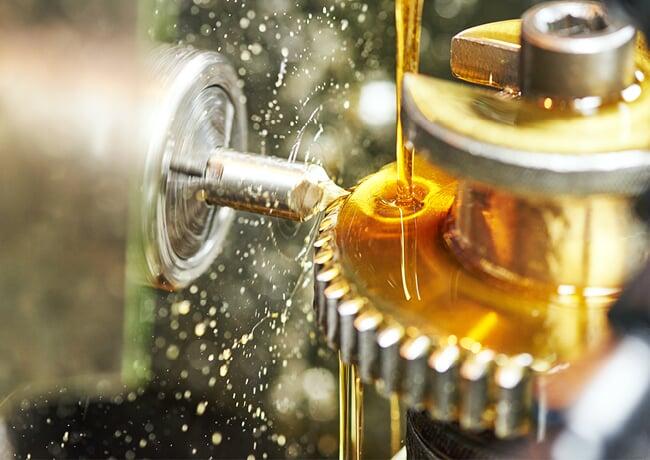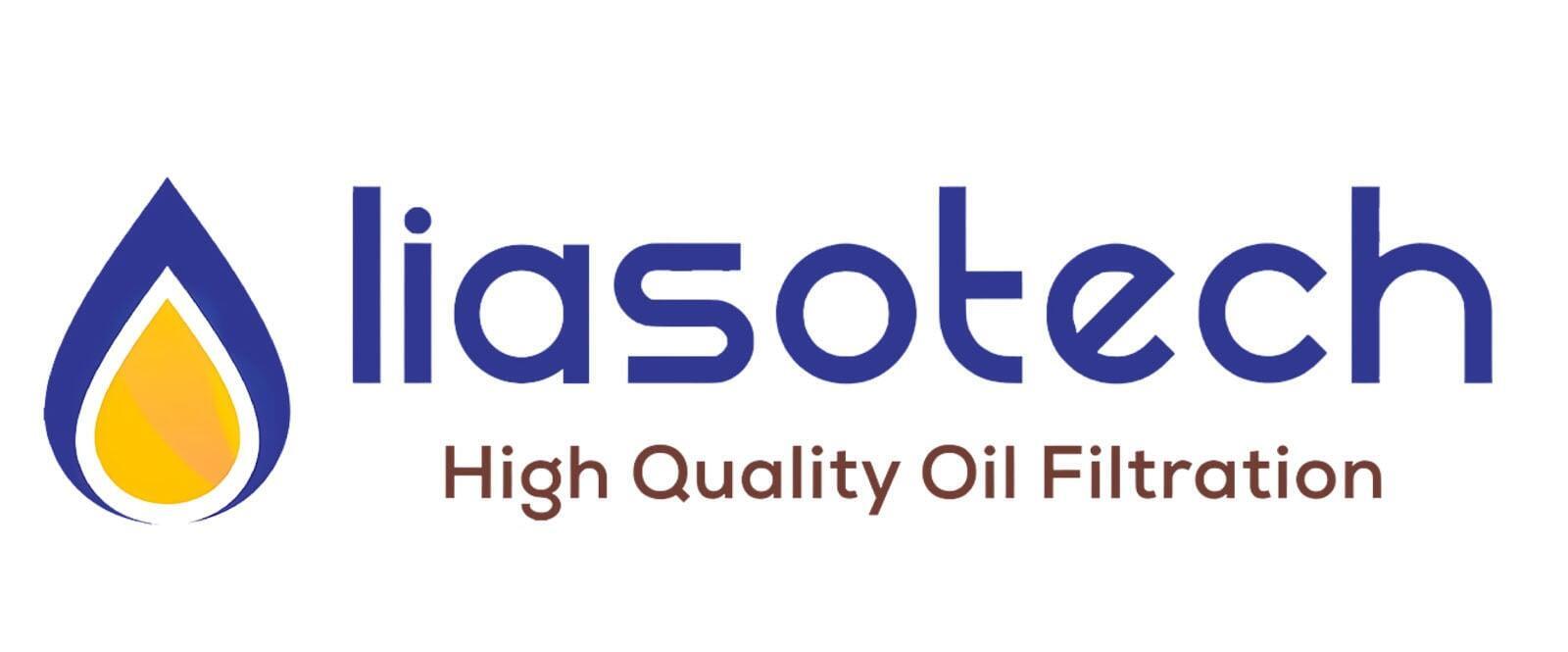
Contamination control involves two main processes: extraction and removal, each of which is essential for a complete system.
For effective decontamination, it is important to identify potential sources and entry points into the system. External contaminants can enter through various openings such as breathers, seals, open reservoirs etc.
It's important to recognize that contaminants aren't solely external; they can also originate internally or even through human interaction with the system. The primary sources of contamination—external ingress, internal generation, and human-induced—are critical considerations. Here are specific examples of each type:
Externally Ingested Contaminants:
Contaminants can infiltrate a system as a result of inadequate seal design, worn seal materials, or unfavorable operational and environmental conditions. When shaft seals fail, external contaminants or internal process materials may enter the system. In hydraulic components, wiper and rod seals are prone to leaking both externally and internally as contaminants gradually deteriorate the seal materials over time.
Any opening that allows air circulation also allows external contaminants such as dust, soil, rock dust, moisture, and other particles to infiltrate the system. Even if a machine is equipped with a suitable breather, any gaps in hatches, ports, or other areas create pathways for air to be drawn in with minimal resistance.
Internally Generated Contaminants:
Over time, if a lubricant is left to oxidize, its components can transform into abrasive contaminants. These contaminants may include oxidation insoluble, sludge, additive fallout. Rust is a common contaminant that occurs when water enters the system, causing iron to rust and form red-iron oxides. Soot, a fine carbon insoluble, is often produced from the thermal breakdown of hydrocarbons. Furthermore, fibers from seals, hoses, filters, or other materials can introduce contaminants into the system. In addition, friction can result in the formation of particles due to adhesive, abrasive, or fatigue wear.
By understanding the potential sources of internally generated contaminants, it becomes clear that regular maintenance and monitoring of lubricants are essential to prevent system damage and ensure optimal performance.
Contaminants created by Human Interaction:
When oil is introduced into a system, the new lubricant is frequently contaminated and can introduce a range of potential contaminants. Similarly, during internal maintenance of machines, such as replacing bearings and seals, the fluid reservoir may become exposed. Machining debris, welding residue, and residue of sealants or adhesives are all examples of contaminants that can be left behind as a result of human interaction with the equipment.
By understanding and addressing these sources of contamination, a comprehensive contamination control strategy can be developed to maintain system integrity and performance.
